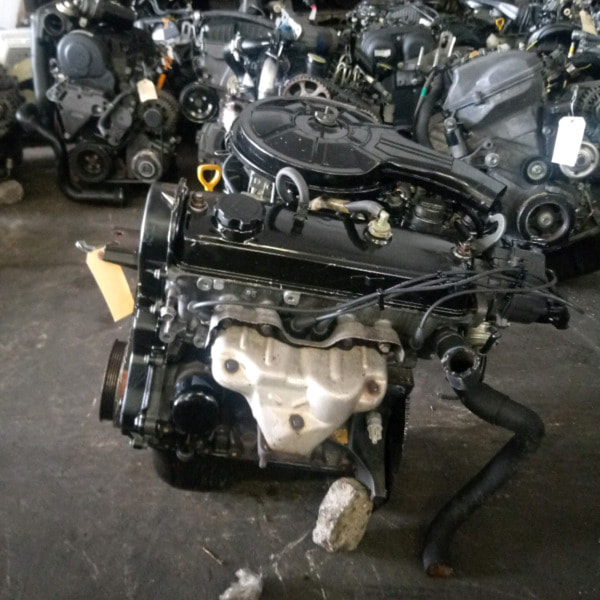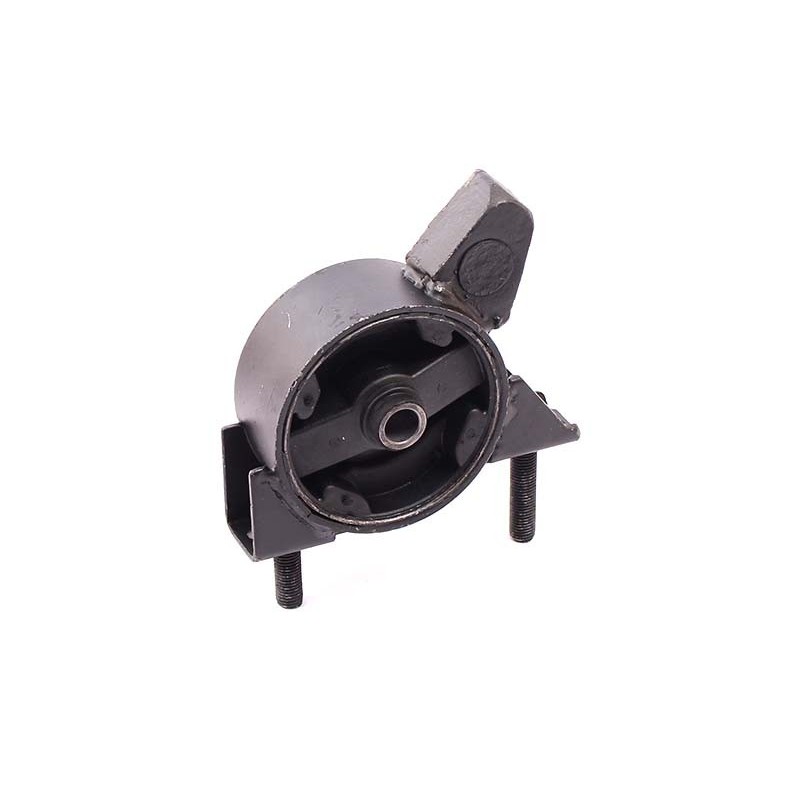How the Toyota Tazz Became a Staple in the Compact Car Market
How the Toyota Tazz Became a Staple in the Compact Car Market
Blog Article
Check Out the current Fads in Engine Modern Technology Via Tazz
In the rapidly progressing landscape of auto innovation, Tazz stands at the forefront, highlighting significant innovations in engine systems that focus on both development and sustainability. From crossbreed engines that enhance fuel performance to the development of hydrogen gas cells, the patterns forming modern-day powertrains are not just enhancing performance but also dealing with important ecological obstacles.
Hybrid Engine Innovations
Crossbreed engine innovations stand for an essential change in automotive innovation, integrating the benefits of inner burning engines with electric propulsion systems. This assimilation not just boosts fuel effectiveness but also reduces exhausts, meeting increasingly stringent environmental guidelines. By making use of both energy resources, hybrid engines can enhance performance, supplying power when required while preserving fuel during less requiring driving conditions.
Recent innovations in hybrid modern technology consist of enhancements in battery effectiveness and regenerative braking systems. These advancements permit greater energy recovery during slowdown, which can be rerouted to help in acceleration or power auxiliary systems. Furthermore, producers are concentrating on lightweight materials and portable styles to make the most of the efficiency of crossbreed powertrains.
The development of plug-in crossbreeds has also expanded the marketplace, allowing drivers to charge their lorries utilizing conventional electrical outlets. This attribute usually enables for significant all-electric range, more reducing dependancy on standard gas. tazz. As the automotive sector remains to advance, hybrid engine modern technologies are anticipated to play a crucial duty in bridging the gap between standard lorries and completely electric models, supplying a transitional service that satisfies diverse consumer demands and choices
Breakthroughs in Electric Powertrains
The auto landscape is swiftly developing, with electric powertrains arising as a leading pressure in sustainable transport. Developments in electric lorry (EV) innovation are significantly boosting efficiency, effectiveness, and customer experience. Key developments include improvements in battery chemistry, which have raised energy density, decreased charging times, and expanded general battery life.
Solid-state batteries, for instance, guarantee to transform the marketplace by supplying greater security and efficiency compared to conventional lithium-ion cells. Moreover, developments in regenerative stopping systems are enabling cars to recover power during slowdown, adding to general effectiveness.
Along with battery technology, electrical motor designs are coming to be more advanced. Advancements such as incorporated electric motors and advanced thermal monitoring systems are aiding to maximize power distribution and reduce weight, eventually enhancing lorry characteristics.

Collectively, these advances emphasize the commitment to shift towards cleaner, more efficient transportation solutions, placing electrical powertrains at the leading edge of vehicle technology.
The Rise of Hydrogen Fuel Cells
Increasingly, hydrogen fuel cells are acquiring traction as a feasible choice to typical internal burning engines and battery electrical cars. This technology harnesses the chemical energy saved in hydrogen, transforming it into electrical energy through an electrochemical response with oxygen. The primary byproduct of this procedure is water, making hydrogen fuel cells an eco-friendly alternative with zero emissions at the tailpipe.

Car manufacturers are increasingly buying hydrogen fuel cell innovation, identifying its capacity for long-range applications and fast refueling capabilities that match standard fuels. In addition, sectors such as sturdy transport and public transit are especially fit for hydrogen fuel cells, where battery electrical remedies might fall short as a result of weight and range constraints.
As research and financial investment proceed to expand, hydrogen gas cells are positioned to play a significant role in the future landscape of clean transport and energy remedies.
Enhancements in Internal Combustion Engines
Innovations in inner burning engine (ICE) modern technology are changing traditional vehicles to meet modern-day ecological standards and performance assumptions. Straight gas injection, for instance, enables for better atomization of gas, leading to more total combustion and enhanced power result.
Additionally, turbocharging has gotten prominence, enabling smaller engines to provide higher performance without the weight of bigger engines - tazz. This modern technology not only improves performance yet likewise adds to look at more info lower fuel intake. Variable shutoff timing systems are additionally being fine-tuned, making it possible for engines to adjust to various driving conditions for boosted torque and responsiveness
In addition, the usage of light-weight products in engine building is becoming common, additional improving gas performance by lowering overall vehicle weight. Engine control systems (ECUs) are progressively sophisticated, enabling real-time changes that enhance performance and emissions.
These enhancements collectively symbolize an essential change in ICE innovation, straightening with global sustainability goals while still giving the efficiency vehicle drivers get out of Home Page their lorries. As the market advances, these improvements remain to form the future of standard automobile engineering.
Future Patterns in Engine Efficiency
Significant advancements in engine efficiency are prepared for as manufacturers focus on incorporating advanced technologies to meet rigorous ecological regulations and consumer demands. The change towards electrification, hybrid systems, and alternative gas is improving the automotive landscape, driving innovations that boost fuel economic situation and reduce emissions.
Among the key fads is the application of sophisticated materials and producing methods. High-strength alloys and light-weight compounds contribute to minimized vehicle weight, hence improving overall effectiveness. Additionally, the fostering of turbocharging and variable valve timing modern technologies enables for improved power output from smaller engines, even more improving fuel economy.

Verdict
Advancements in hybrid engine systems, electric powertrains, and hydrogen gas cells show a commitment to lowering emissions while improving efficiency. Improvements in internal combustion engines and a focus on light-weight materials add to total engine performance.
From hybrid engines that enhance fuel efficiency to the emergence of hydrogen gas cells, the patterns shaping contemporary powertrains are not only boosting performance yet also resolving crucial ecological obstacles.Crossbreed engine developments represent an essential shift in auto technology, combining the benefits of internal burning engines with electrical propulsion systems.Additionally, turbocharging has gained prominence, permitting smaller sized engines to deliver higher performance without the weight of larger engines. Furthermore, the fostering of turbocharging and variable shutoff timing technologies allows for enhanced power outcome from smaller sized engines, further improving fuel economic climate.
Renovations in internal combustion engines and an emphasis on light-weight materials add to total engine effectiveness.
Report this page